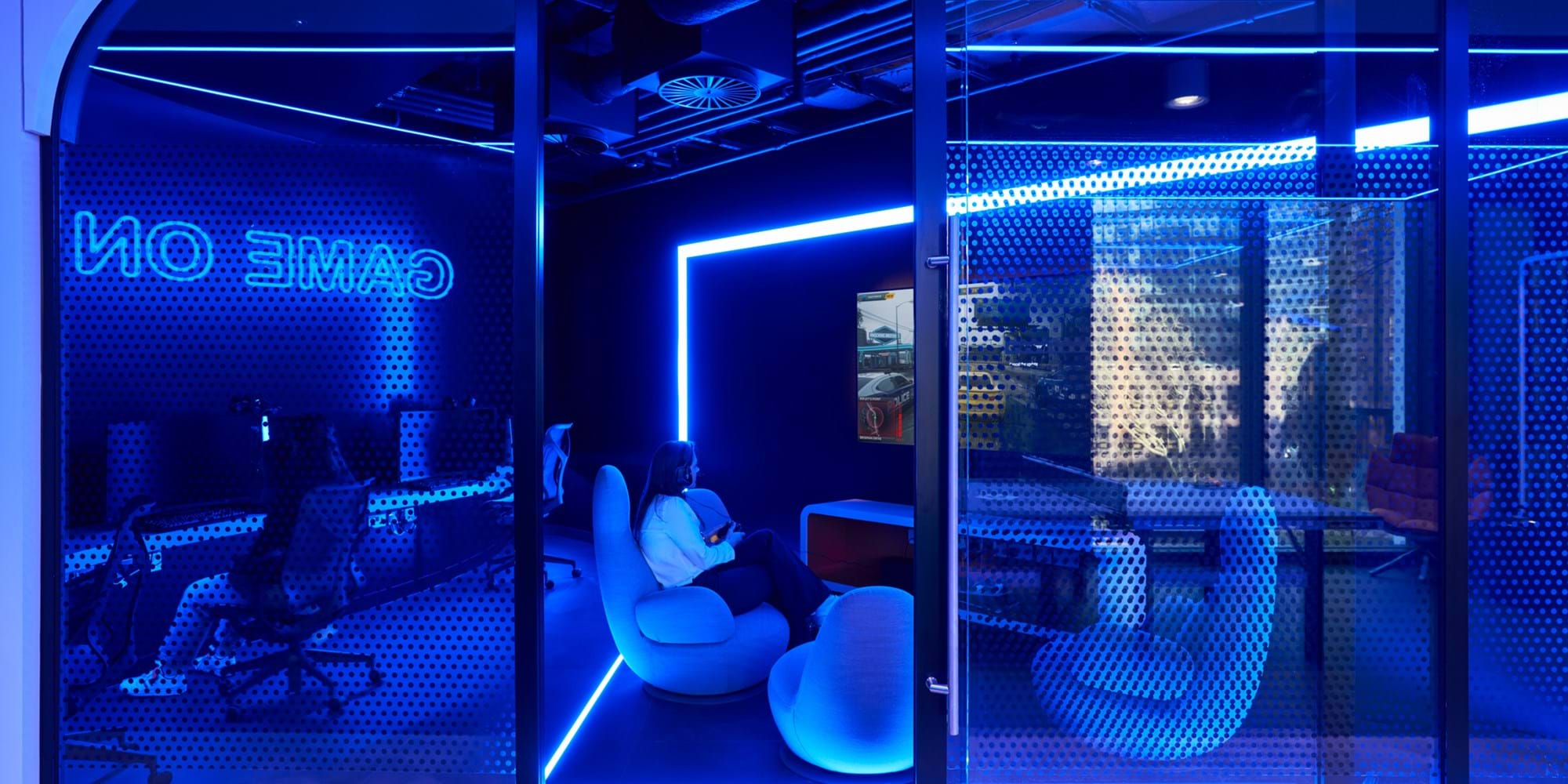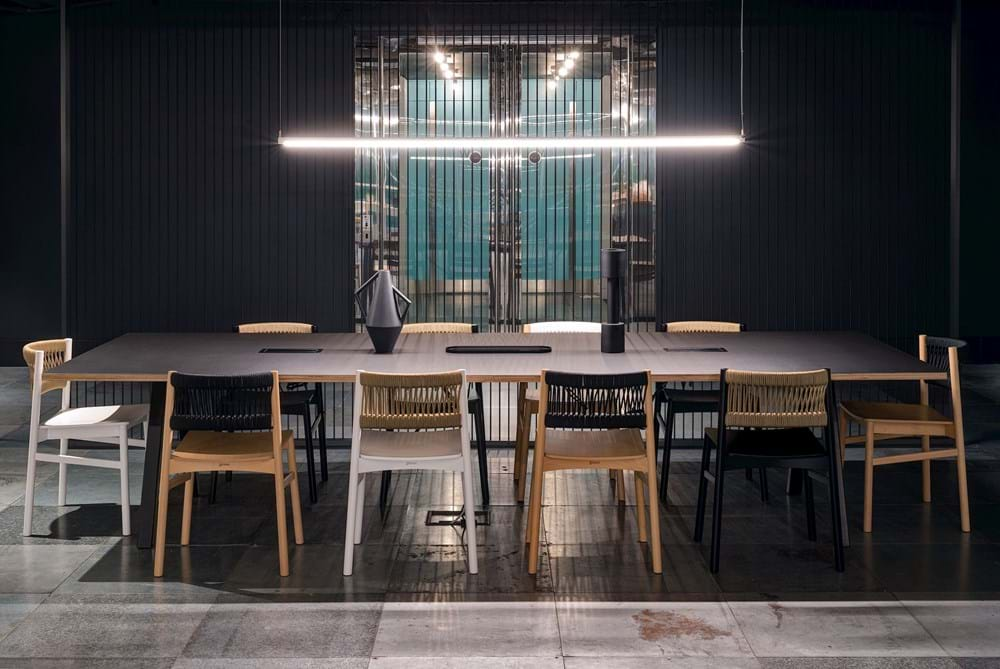Five essential technology tips to consider for your office refurbishment
As more organisations undertake office refurbishments – to keep pace with change, boost their company culture and in turn productivity – investment in tech is essential. Future-proofing a workplace and empowering employees through tech can feel like navigating a minefield. Here are five shiny nuggets of expert advice to bear in mind when undergoing digital transformation in the workplace.
1. Take time to research what new office technology will work for your organisation
Identifying suitable technology solutions that will best serve an organisation’s needs should not be rushed. “People want different things from technology,” says Phil Jones, Managing Director of Brother UK. “You have to start with your answer first: what is the end state that you want?
“I would recommend that all business leaders take ample time to zoom back and think about what it is you’re going to need in three to five years,” he suggests. “For some the priority might be cutting operational costs, and for others it could be expanding sales. The more time that you spend trying to define your problem, the better your answer will be when it comes to selecting technology.”
2. Remove outdated technology from the workplace
As we move towards a device-first era, it’s high time to lose outdated technology in the workplace. This can begin in the early design stages of an office refurbishment or relocation, and might involve removing desktop computers – and breaking up the banks of desks they used to sit on. Rip out landline telephones, too – most people use their smartphones to communicate.
Similarly, meeting rooms should have a distinct lack of technology – bar a connected monitor for video-conferencing and presenting – and even tables. Now there is an expectation that meeting attendees will adhere to a “bring-your-own” device approach. A relaxed vibe makes it more conducive to progress, agreement and finding solutions.
A statement entrance at Verdanta
3. Ensure you have secure, super-fast connectivity
To achieve optimal productivity, and to future-proof the workplace, it is paramount for organisations to lay down top-of-the-range technology infrastructure in the workplace at the planning stage of an office refurbishment.
This includes ensuring employees have access to super-fast internet connection, excellent WiFi that can connect many devices without affecting the quality and speed, and plenty of ethernet points scattered around the workplace. Wireless charging points are also a great idea. Be mindful of cybersecurity, though, because the more devices connecting to your network, the bigger the opportunity for hackers.
4. It pays to have a seamless digital workspace experience
A recent Gallup report found that organisations embracing digital workplaces are, on average, 21 per cent more profitable. The majority of Millennials and members of Generation Z, who will make up almost half of the global workforce by 2020, are digital natives. The modern, digital workplace needs to accommodate this core demographic, as they expect to be handed adequate technology tools to work with from their first day in the office.
By affording workers their own business laptops, phones and other technological devices it better motivates them. Moreover, it empowers employees by providing a seamless digital workplace experience, meaning they can work effectively from wherever in the office, as well as remotely. This flexibility generates a flow of different types of employee engagement, collaboration and communication between teams.
A meeting space for gathering thoughts and ideas
5. Back up tech investment with training to maximise potential
The most successful organisations, with a strong company culture and brand, place their employees wellbeing at the centre of their business. And when it comes to digital transformation they need to be at the beating heart of the change. From the outset, at the design stage, and throughout the digital transformation journey – and beyond – employees must be encouraged to collaborate. This ensures a smoother transition, plus helps the organisation to achieve authenticity and therefore maximise its potential.
A digital transformation, and embracing new technology in the workplace, is just the start, though, and is nothing without continuous learning. “If you invest in tech, make sure that you back it up with adequate training, so that you can achieve the desired productivity gain, and quickly,” advises Phil Jones of Brother UK. This will make the transition into new or refurbished office smoother, allowing staff to feel more settled, quicker.


